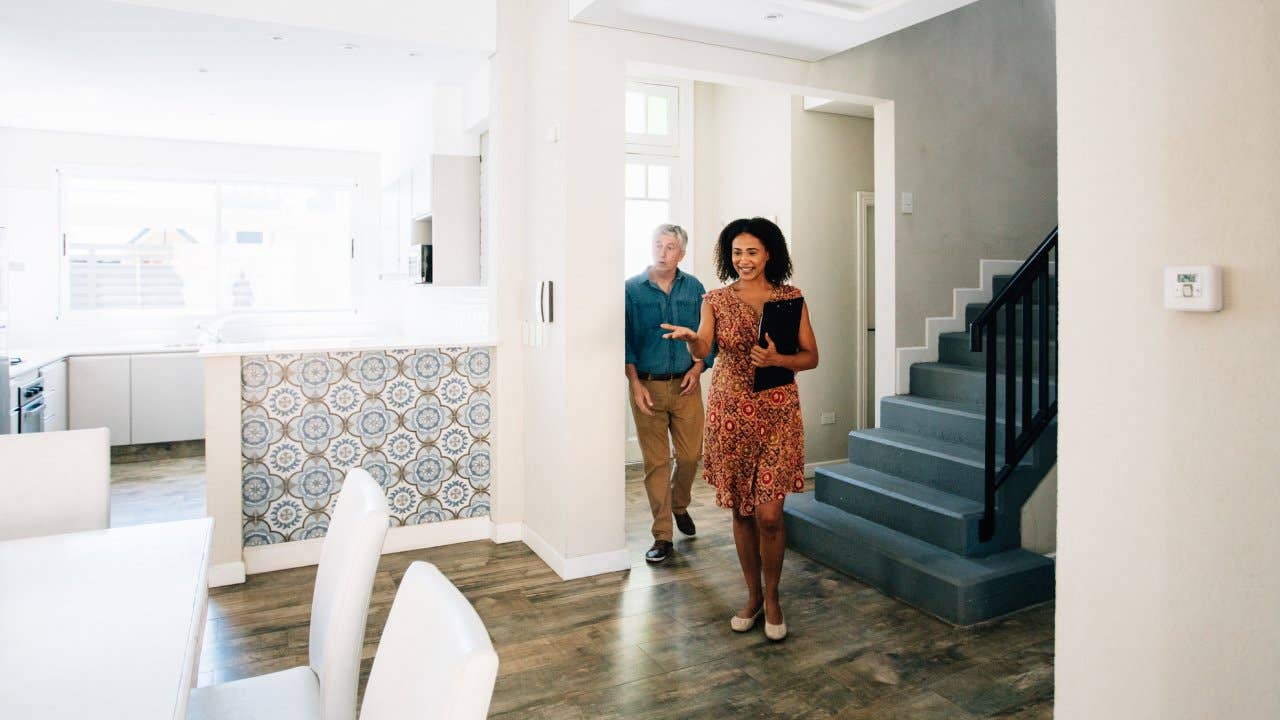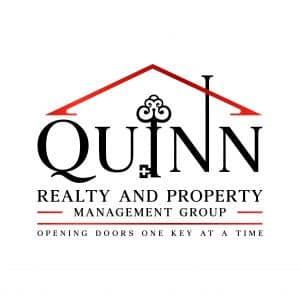Optimizing Residential Or Commercial Property Administration Operations for Long-Term Earnings and Tenant Retention

Reliable Communication Techniques
Reliable and clear interaction ensures that all stakeholders, consisting of home proprietors, lessees, upkeep personnel, and management, are on the exact same web page, leading to smoother procedures and enhanced occupant complete satisfaction. Residential property supervisors should plainly detail lease terms, upkeep procedures, and communication channels to prevent misconceptions down the line.
Making use of technology can also considerably improve interaction effectiveness in property administration. Carrying out home administration software that allows for real-time updates, automated notifications, and simple documentation can simplify communication procedures and boost overall functional effectiveness. Furthermore, regular communication through various networks such as e-mail, phone telephone calls, and in-person meetings can aid cultivate favorable connections with tenants and deal with any kind of concerns quickly.
Modern Technology Combination for Upkeep
In the world of property administration optimization, a vital component that improves operational efficiency and maintenance processes is the integration of innovation for enhancing maintenance tasks. By incorporating modern technology into upkeep procedures, home supervisors can gain from enhanced job order monitoring, aggressive maintenance scheduling, and boosted communication with upkeep teams and renters.
One significant benefit of technology combination in maintenance is the ability to systematize job orders and track upkeep demands electronically. This enhances the procedure of getting, designating, and finishing maintenance tasks, causing quicker reaction times and increased occupant complete satisfaction. Predictive maintenance modern technologies can help in determining prospective concerns before they rise, minimizing the chance of expensive repair services and minimizing downtime.

Data-Driven Choice Making
Utilizing data-driven insights empowers home supervisors to make educated decisions that optimize functional effectiveness and make best use of asset performance. Quinn Realty and Property Management. By leveraging data analytics devices and modern technologies, home managers can draw out important info from different sources such as occupant feedback, upkeep records, and market fads. This information can provide crucial understandings right into tenant preferences, functional traffic jams, and cost-saving opportunities
Data-driven decision-making makes it possible for home supervisors to recognize patterns and fads that might not be noticeable with conventional observation. For instance, evaluating upkeep data may disclose reoccuring problems in specific units, allowing managers to proactively deal with underlying problems and protect against future costly repair work. Moreover, by monitoring renter contentment metrics and lease renewal rates, property supervisors can tailor their solutions to satisfy lessee expectations, inevitably enhancing renter retention and lasting earnings.
Additionally, data-driven understandings can also inform calculated investment choices by highlighting areas for renovation or expansion based on market demand and performance metrics. On the whole, incorporating data-driven decision-making processes right into home management procedures can lead to a lot more efficient resource allocation, enhanced lessee fulfillment, and increased earnings in the future.
Renter Complete Satisfaction Campaigns
Drawing understandings from data-driven decision-making, property managers can execute targeted lessee satisfaction campaigns to enhance general leasing experiences and foster long-term tenant connections. By understanding tenant preferences and pain factors, building supervisors can customize their solutions to meet the particular needs of their renters, ultimately resulting in greater contentment degrees and raised occupant retention prices.
One efficient like it lessee contentment initiative is to develop clear lines of interaction with tenants to address any kind of worries promptly. Routine comments surveys can likewise offer useful insights right into renter complete satisfaction degrees and areas for improvement. Residential property managers can use this feedback to make necessary changes and show renters that their viewpoints are valued.

Moreover, arranging neighborhood events and amenities that accommodate the rate of interests of occupants can develop a sense of belonging and enhance total complete satisfaction. By cultivating a favorable and appealing area environment, property supervisors can strengthen tenant relationships and encourage lasting leases, inevitably increasing success and lessee retention in the long run.
Improving Operational Processes
Efficiency is paramount in property administration, necessitating the optimization of functional procedures to improve productivity and take full advantage of resources. Streamlining operational procedures involves recognizing areas for enhancement, removing redundancies, and executing systems that enhance general efficiency. One crucial aspect of enhancing operational procedures is the combination of technology options such as property management software program, which can automate tasks, streamline interaction, and provide real-time information insights. By digitizing processes like upkeep requests, rent collection, and lease renewals, residential property supervisors can conserve time, reduce mistakes, and improve renter satisfaction.
Moreover, implementing standardized treatments and workflows can aid create uniformity across residential or commercial properties, decrease complication, and enhance everyday procedures. Regularly examining and optimizing these procedures is vital to adjust to transforming market conditions, renter requirements, and regulatory requirements. By constantly looking for ways to simplify functional processes, building managers can not only increase their very own performance however also deliver better services to tenants, eventually bring about long-term productivity and occupant retention.
Verdict
Finally, maximizing residential property administration operations through effective interaction, innovation integration, data-driven decision making, renter fulfillment initiatives, and simplifying processes is crucial for lasting success and lessee retention. By applying these methods, residential property supervisors can boost functional effectiveness, reduce costs, and boost renter fulfillment, ultimately causing raised success and renter commitment. It is essential for residential property administration companies to continually evaluate and change their procedures to meet the advancing demands of both renters and the market.
Clear and efficient interaction makes sure that all stakeholders, including residential or commercial property owners, occupants, maintenance personnel, and administration, are on the same page, leading to smoother procedures and increased lessee complete satisfaction - Quinn Realty and Property Management. By checking tenant complete satisfaction metrics and lease revival prices, home managers can customize useful site their services to satisfy tenant expectations, inevitably enhancing lessee retention and long-lasting success
By constantly seeking methods to improve functional processes, residential property supervisors can not only enhance their very own performance but also deliver much better services to lessees, ultimately leading to lasting productivity and lessee retention.
In conclusion, enhancing building monitoring procedures with effective interaction, technology assimilation, data-driven choice production, lessee complete satisfaction initiatives, and improving procedures is essential for long-term profitability and renter retention (Quinn Realty and Property Management). By implementing these strategies, residential or commercial property managers can improve functional performance, reduce costs, and enhance lessee satisfaction, ultimately leading to boosted earnings and have a peek at this website occupant commitment